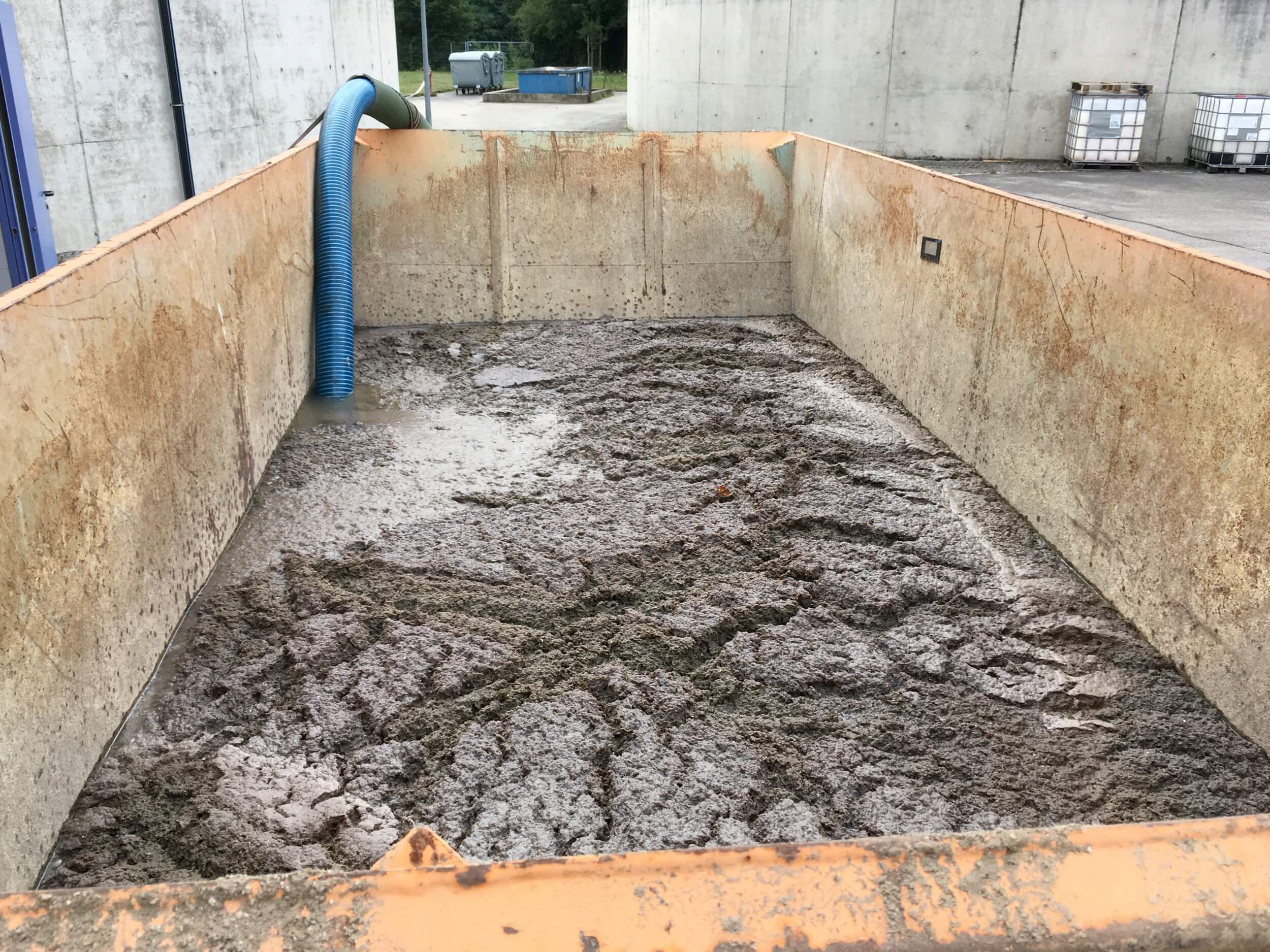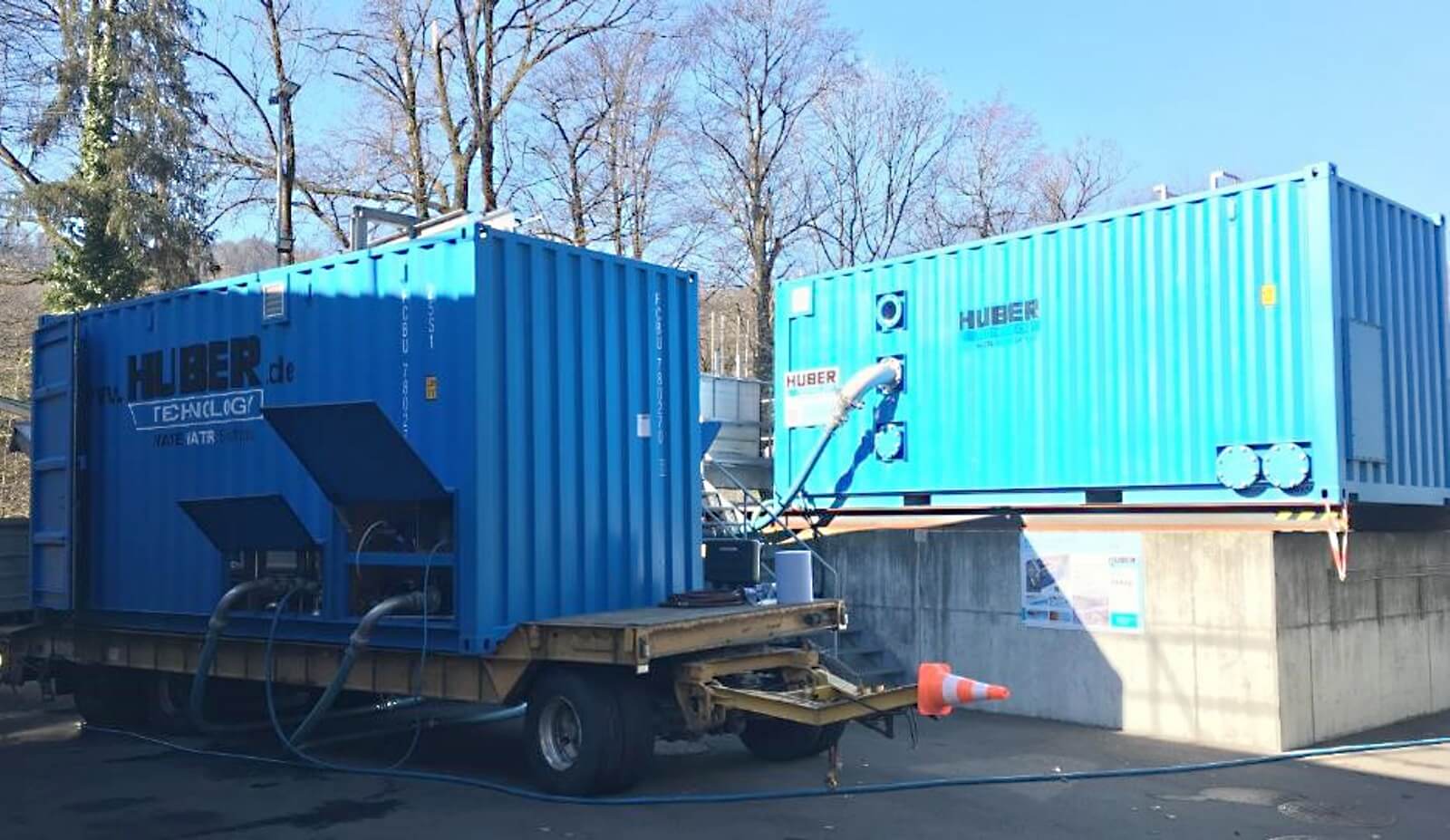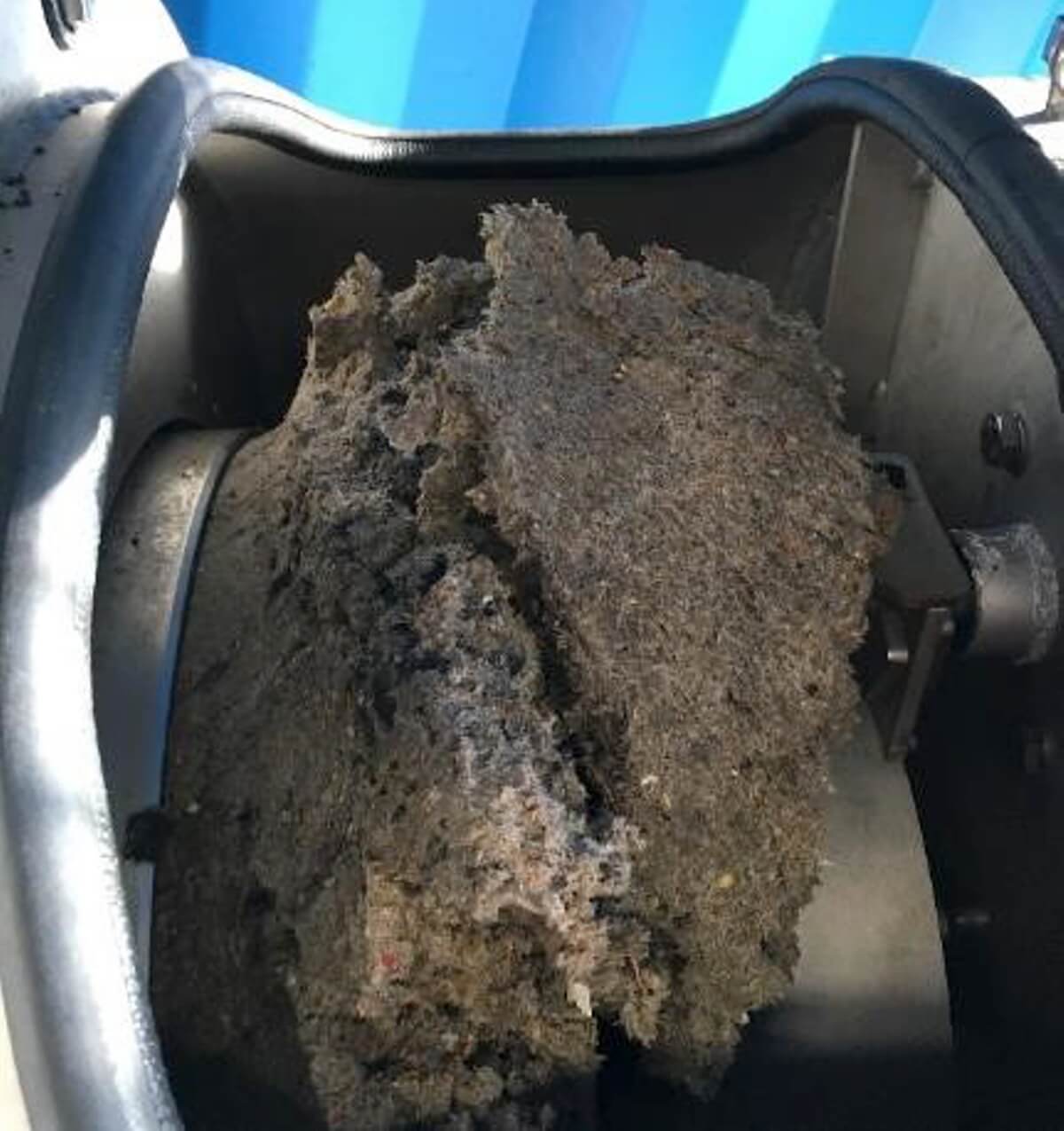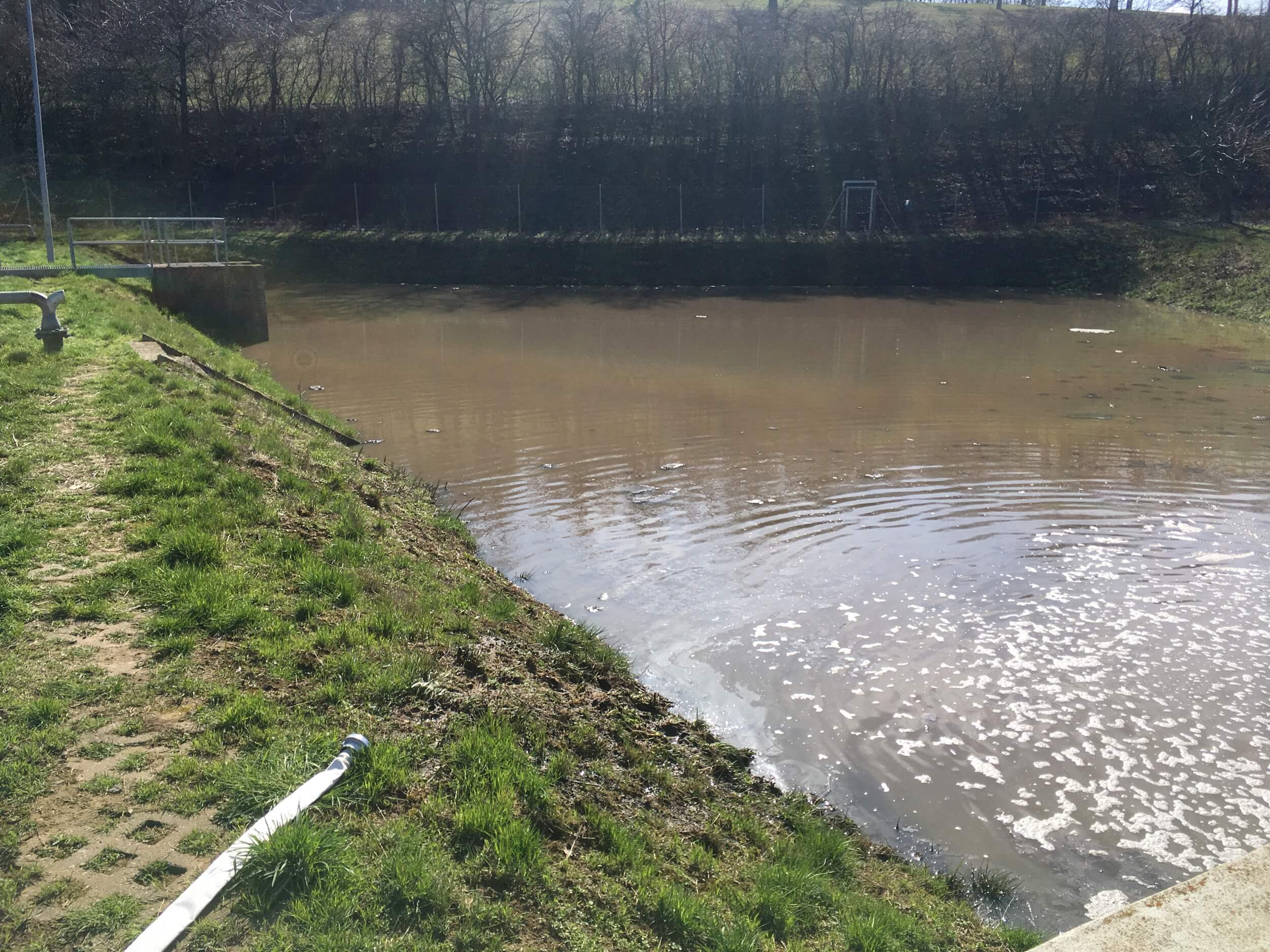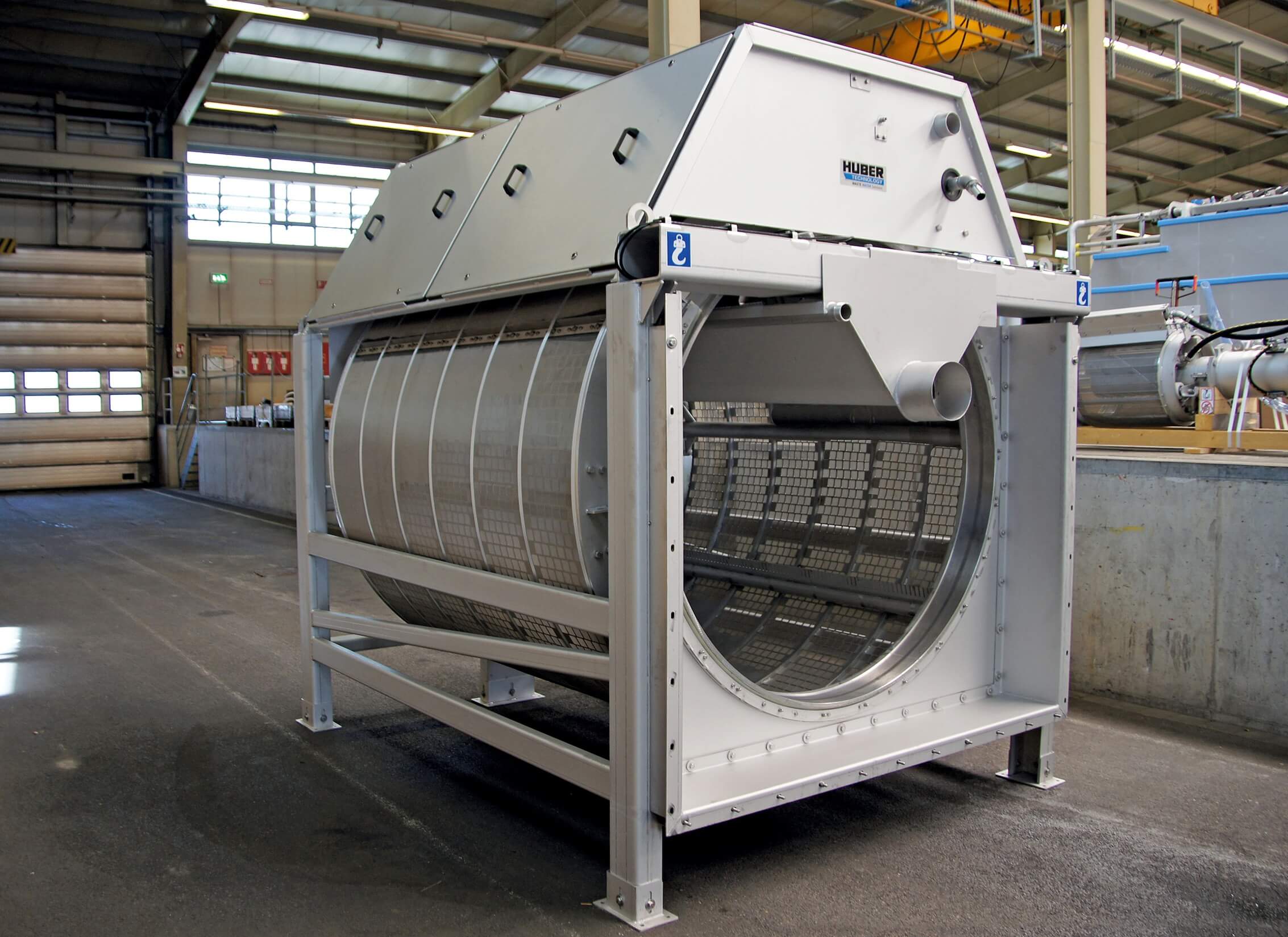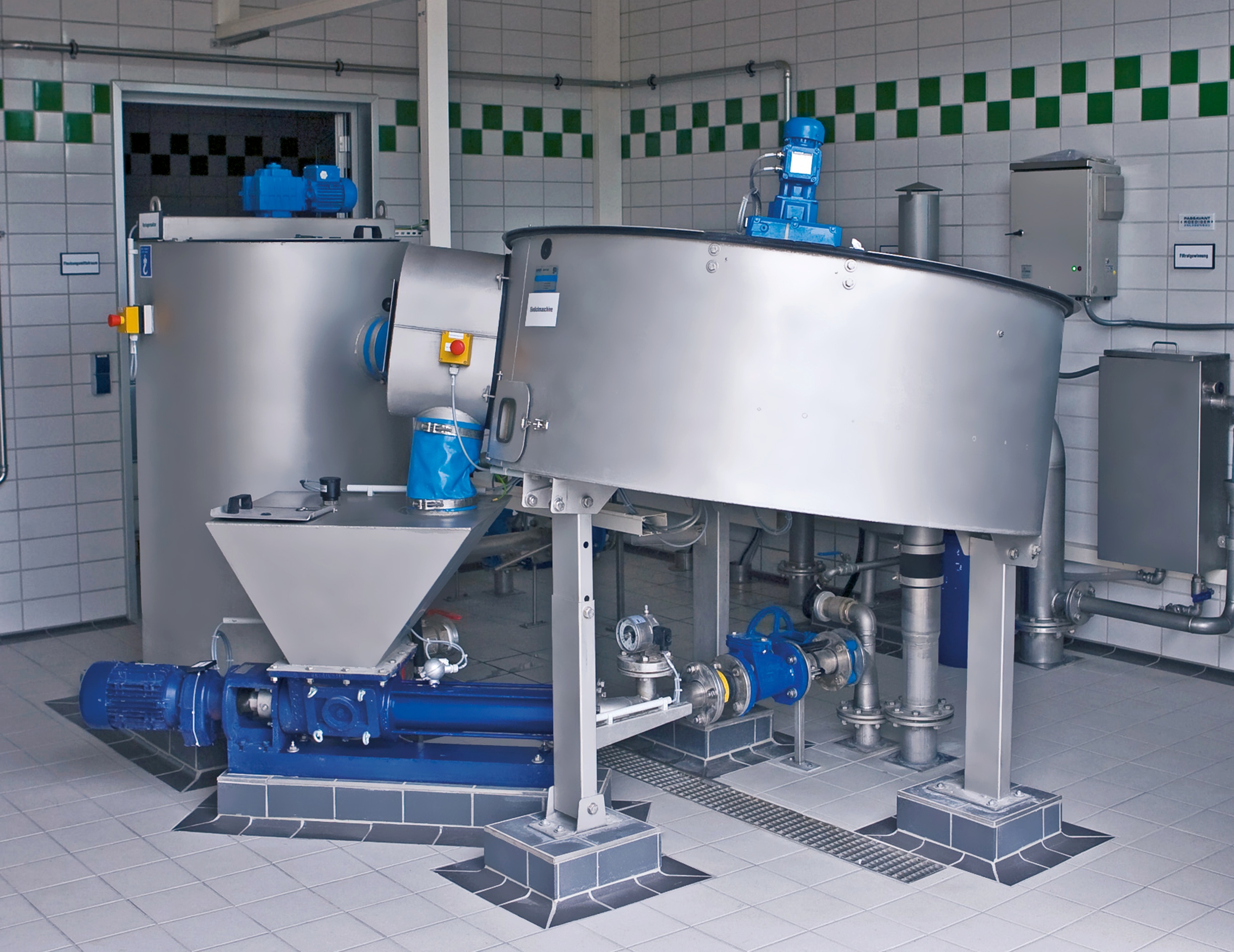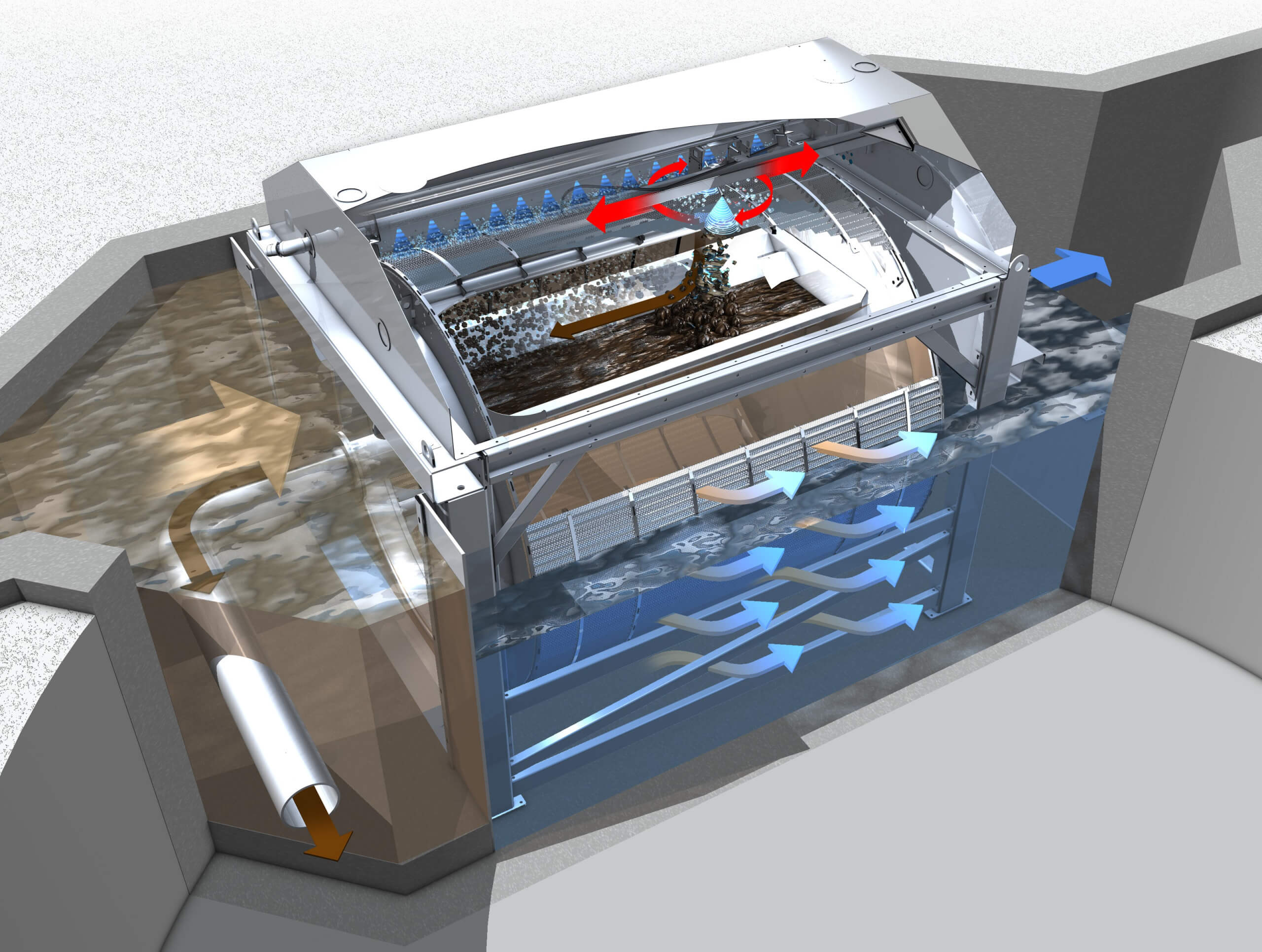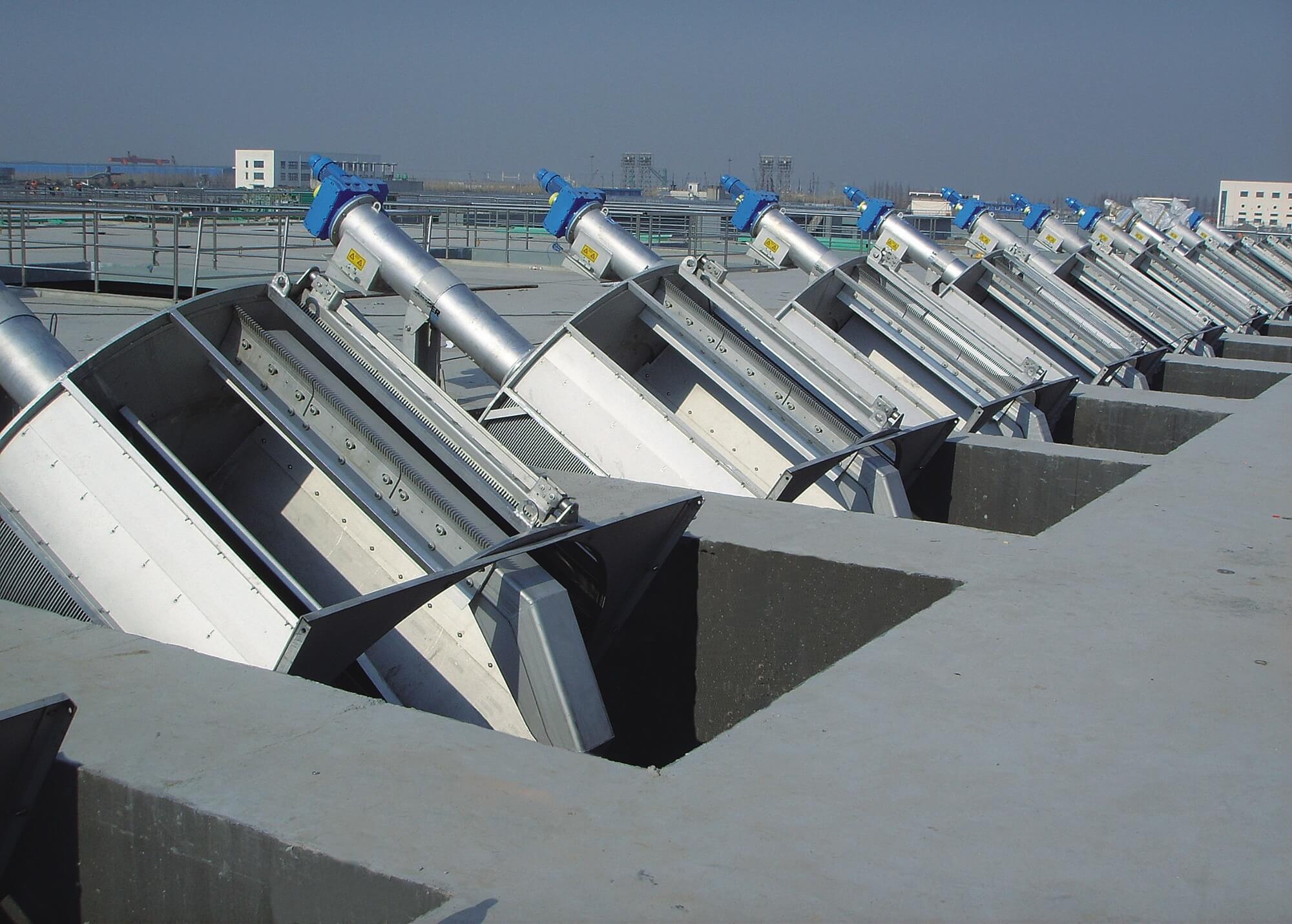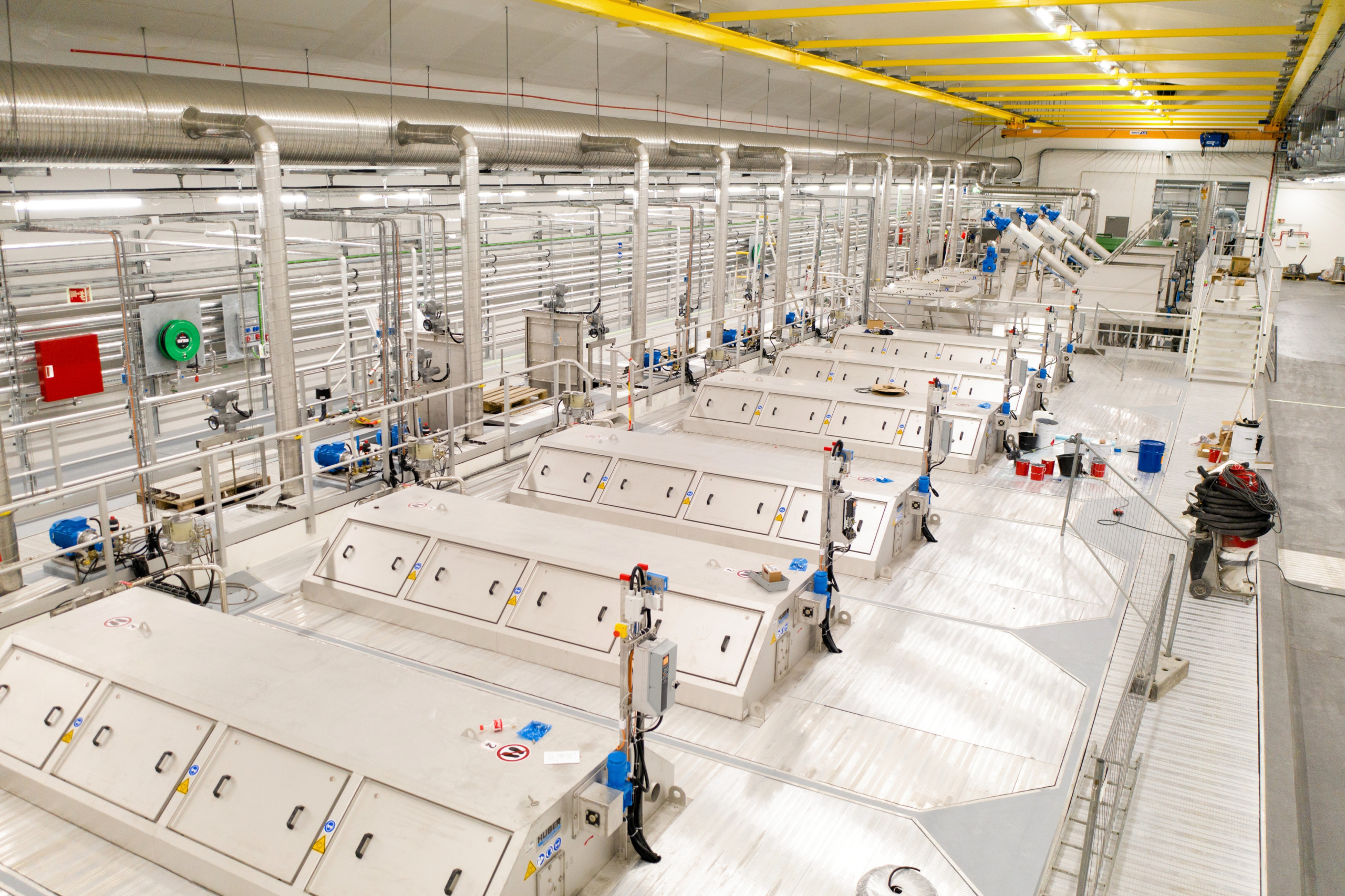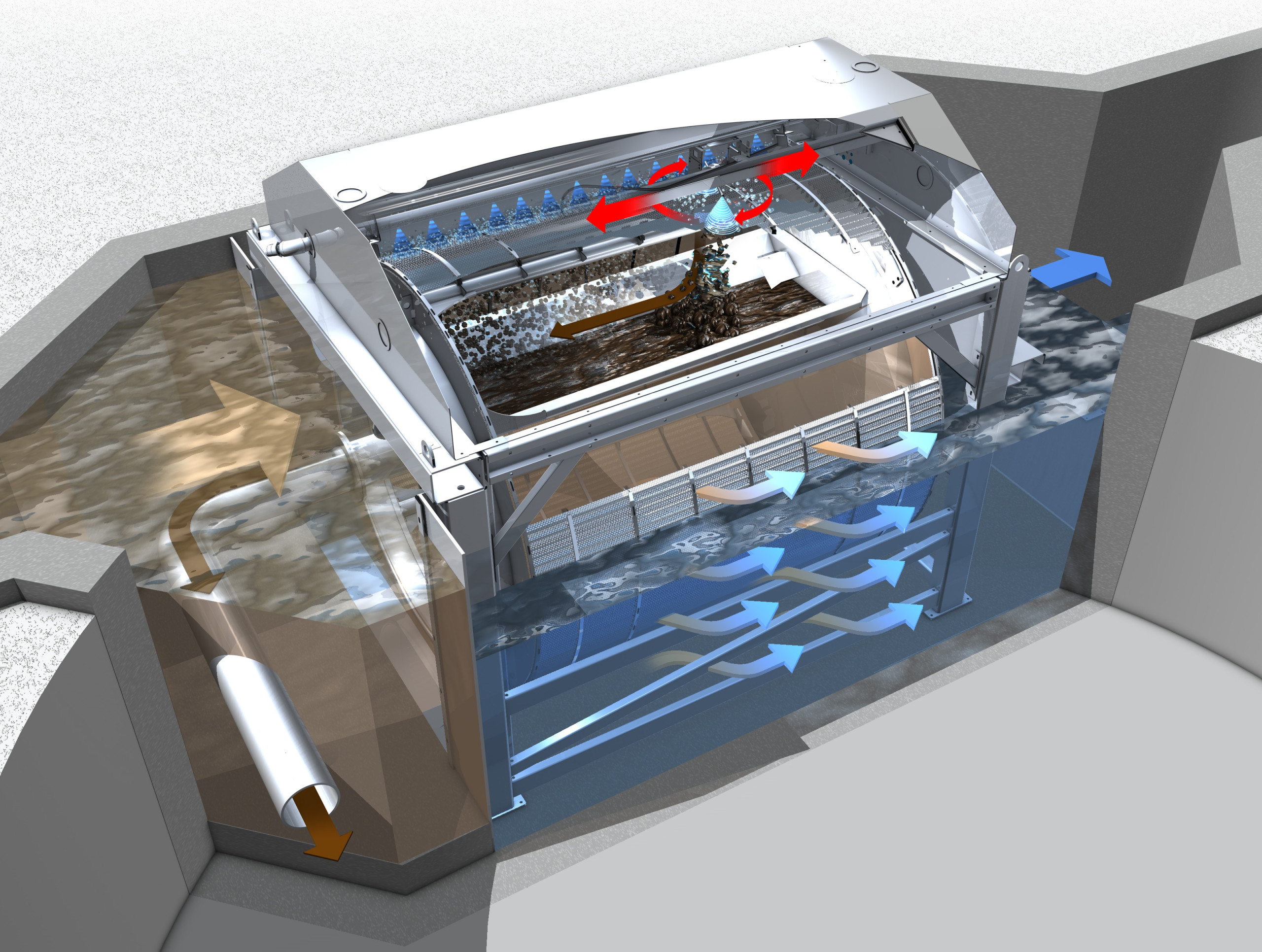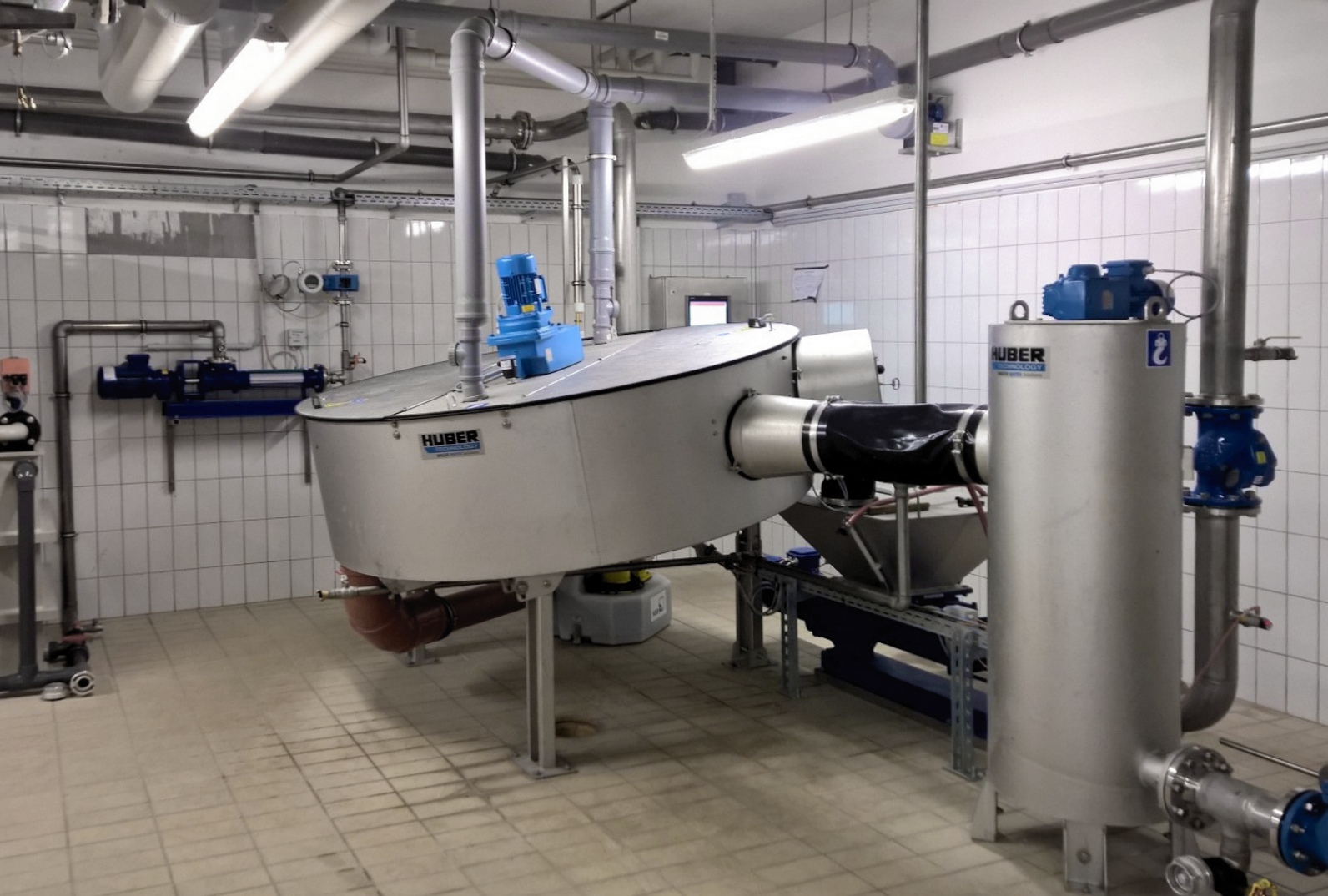Busy - the mobile plants with HUBER Drum Screen LIQUID help in planning and operation
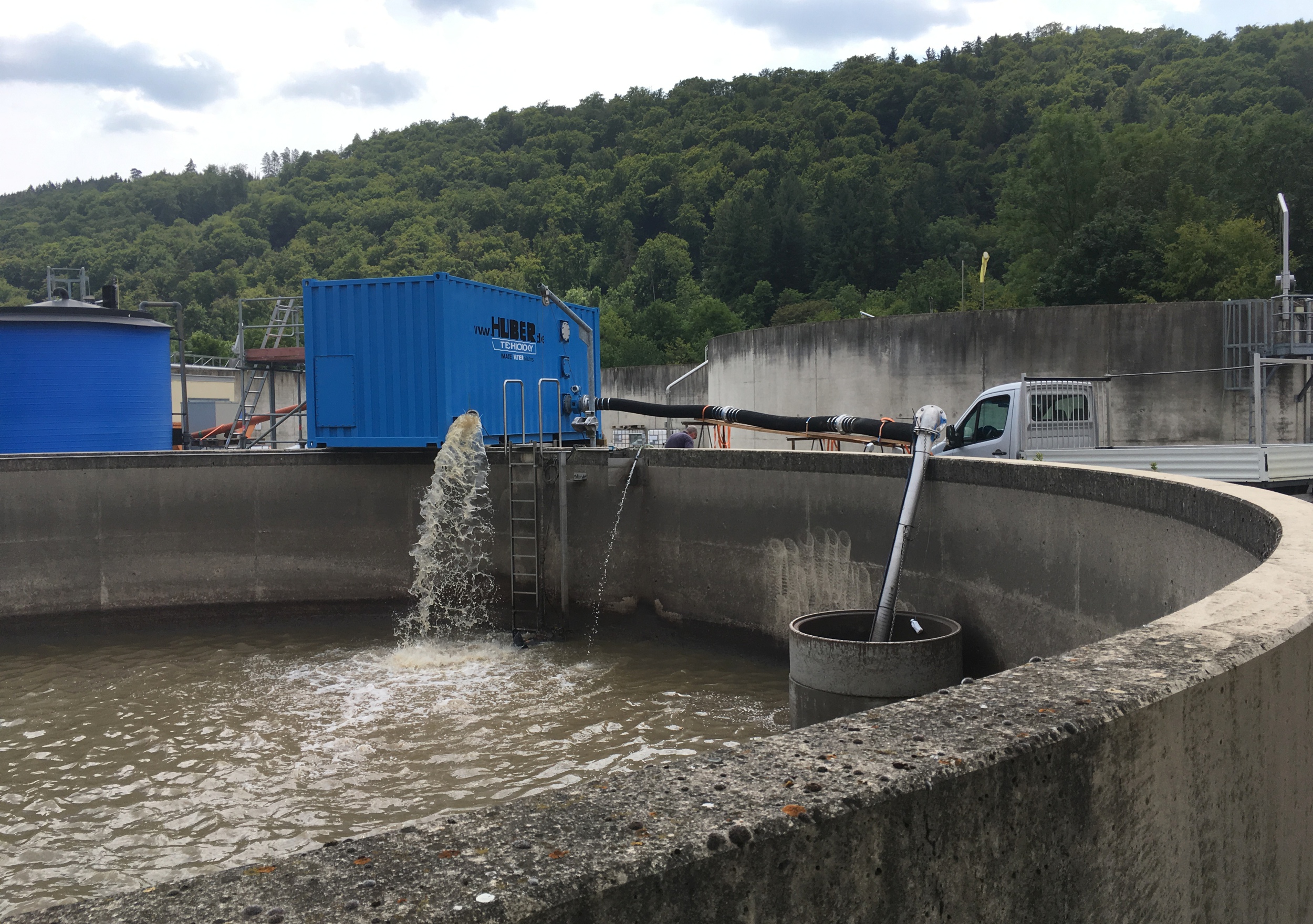

Our demonstration plants with the HUBER Drum Screen LIQUID for the reduction of the pollution load in the inlet to wastewater treatment plants are in great demand and fully booked until 2020. Even in the local press, our machine technology receives attention again and again.
On average, the location of a trial plant changes every 8 weeks. To ensure that everything runs smoothly, a well-coordinated, proven HUBER team takes over the organisation and integrates the responsible persons on site.
Two applications are in special demand by our customers:
Bridging operation during the rehabilitation of existing primary treatment and/or aeration tanks
Not only the machine technology on a sewage treatment plant is subject to wear and requires regular maintenance and overhaul. The same applies, only at longer intervals, to concrete structures such as primary clarifiers or aeration tanks. Such a rehabilitation requires well-thought-out planning, as the cleaning performance of the plant must not be impaired even when individual tanks are shut down.
The mobile plant with the HUBER Drum Screen LIQUID can play an important role here by removing particulate carbon from the untreated wastewater. Thus, such a tank rehabilitation can be carried out during operation of the wastewater treatment plant and still ensure the purification performance of the wastewater treatment plant is maintained.
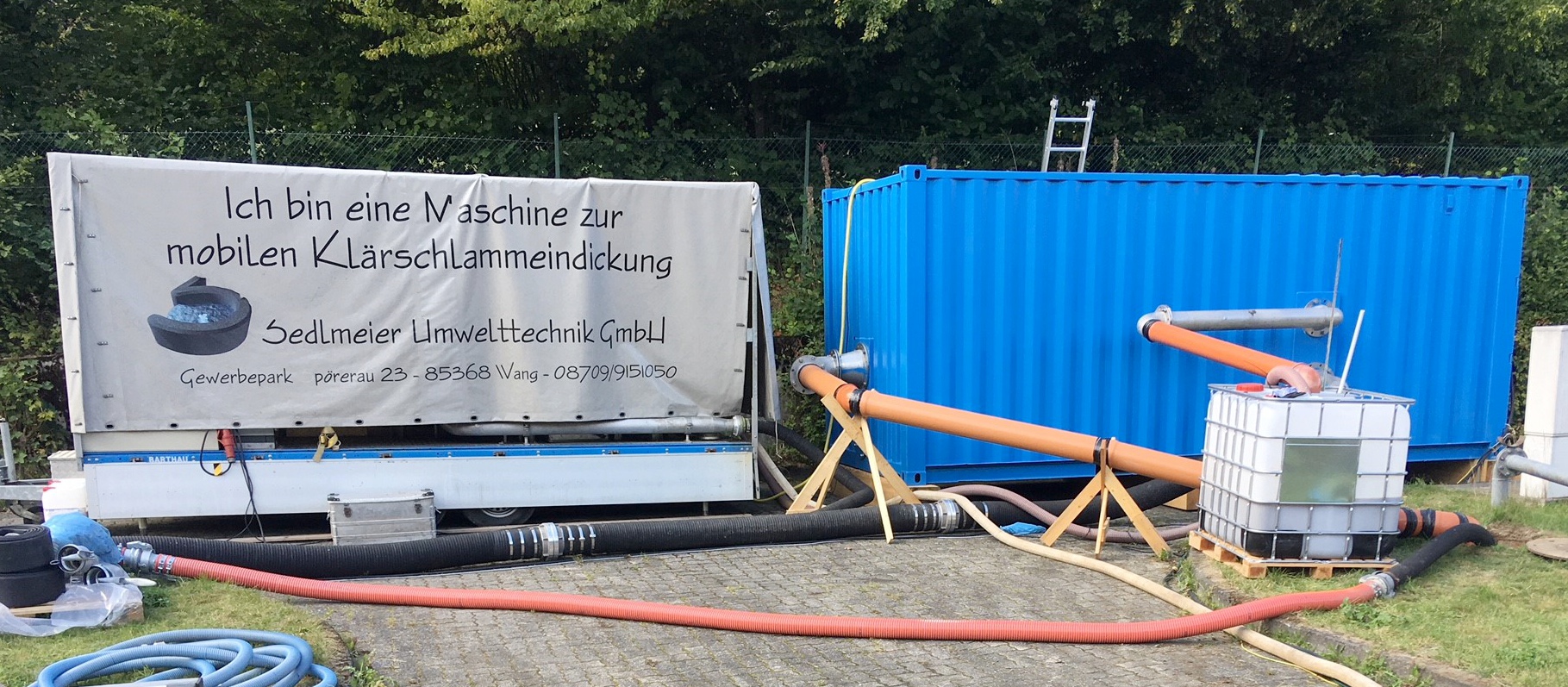
Trial operation for technical primary clarification during a sewage treatment plant conversion

In the course of planning for the conversion and/or expansion of a sewage treatment plant, many points need to be clarified. Frequent questions are among others:
- What measures need to be taken to increase the capacity of the sewage treatment plant in a space-saving and cost-efficient way?
- Is it worthwhile to change from aerobic sludge stabilisation to anaerobic digestion with digester and energetic utilisation of the sewage gas?
- What effect does mechanical pre-clarification have on cleaning performance and the aeration energy necessary for the biological treatment stage?
- What are the advantages of using a drum screen?
Regardless of the task at hand, the mobile HUBER Drum Screen LIQUID unit is prepared for it. The test plant can be fed with raw wastewater either by pumps or by gravity. Solids separated during operation of the HUBER Drum Screen LIQUID accumulate as thin sludge, which must be further thickened and disposed of.
If the wastewater treatment plant already has a digester, the thin sludge can be fed to the existing sludge treatment system.
However, if the trial operation is carried out on a sewage treatment plant where no sludge treatment has been available so far, different solutions are possible in practice, depending on the specific conditions on site:
- Mechanical thickening:
The thin sludge is mechanically thickened to approx. 5% with a mobile plant and transported to the nearest sewage treatment plant with free capacities in a digester.
For mobile thickening, HUBER uses a trial plant with the HUBER Disc Thickener S-DISC.
- Mechanical dewatering:
The thin sludge is mechanically dewatered with a mobile unit to approx. 25% DR and disposed of together with the screenings.
For mobile dewatering, HUBER uses a trial plant with the HUBER Screw Press Q-PRESS®.
- Static thickening:
Existing tanks or a converted polishing pond can be used as static thickeners. The thickened sludge can then be disposed of at the end of the trial operation.
In the case of bridging or trial operation, the logistics for the disposal of the thickened sludge must be ensured by the plant operator. The amount of screenings/sludge produced must not be underestimated. If the mobile plant is fed with the HUBER Drum Screen LIQUID at maximum throughput, a 7 m³ container may be filled overnight despite thickening with a HUBER Disc Thickener S-DISC.
Whatever the application, the advantages of the mobile trial plant with the HUBER Drum Screen LIQUID are:
- High operational reliability
- Small space requirement
- High flexibility
- Sufficient throughput capacities for wastewater treatment plants from 10,000 - 50,000 PE
HUBER Drum Screen LIQUID - trial units offer:
- 50 - 250 m³/h wastewater screening
- Volume control proportional to the sewage treatment plant inflow
- HUBER Operation Control HOC system with online data recording
